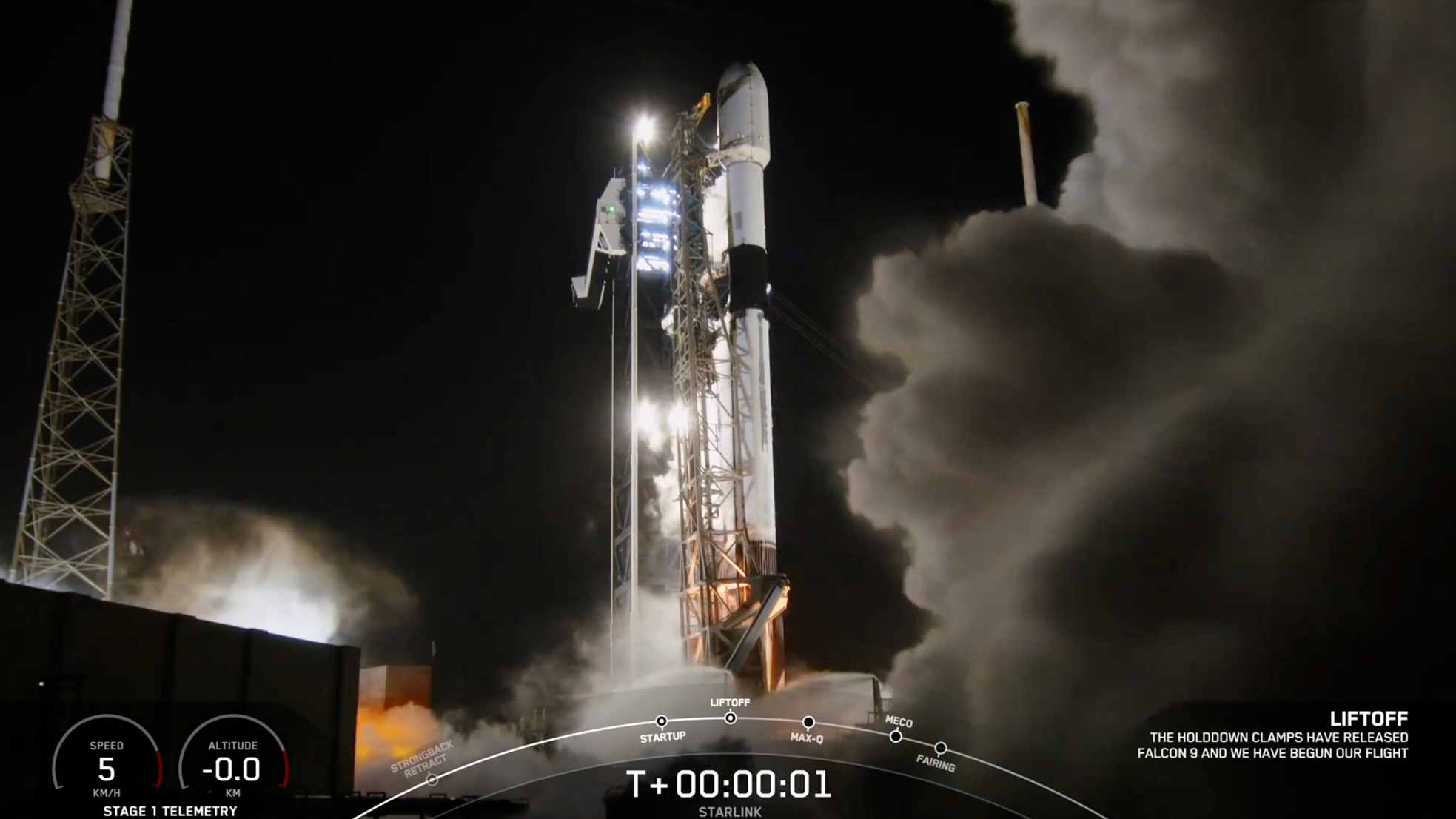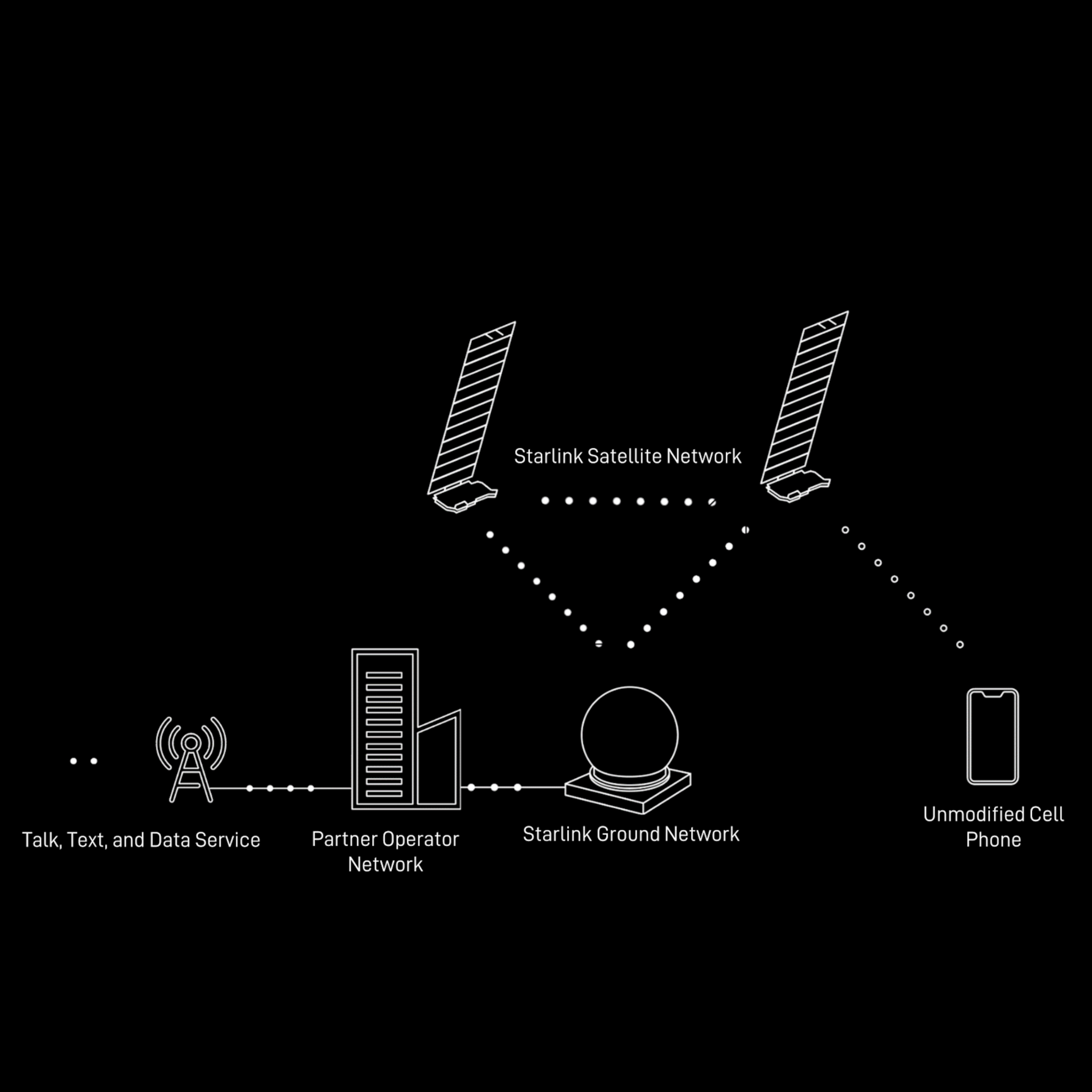7 Astonishing Facts About Today’s SpaceX Launch: Revolutionizing Global Connectivity with Starlink Direct-to-Cell Technology
7 Astonishing Facts About Today’s SpaceX Launch: Revolutionizing Global Connectivity with Starlink Direct-to-Cell Technology
Table of Contents
- Introduction
- SpaceX’s Groundbreaking Starlink 12-15 Mission
- The Revolutionary Direct-to-Cell Technology
- Impact on Global Connectivity
- The Technical Marvel of Falcon 9
- What’s Next for SpaceX’s Satellite Network
- The Growing Competition in Space-Based Internet
- Conclusion
- FAQs About SpaceX Starlink Launches
Introduction
In the ever-evolving landscape of space exploration and satellite technology, SpaceX continues to push boundaries with its ambitious Starlink satellite constellation. Today’s scheduled launch of the Starlink 12-15 mission represents another significant step in Elon Musk’s vision to revolutionize global internet connectivity. This mission isn’t just another routine satellite deployment – it carries special significance due to the inclusion of Direct-to-Cell capable satellites, a technology poised to eliminate cellular dead zones worldwide.
 A SpaceX Falcon 9 rocket launches Starlink satellites into orbit. Image credit: Space.com
A SpaceX Falcon 9 rocket launches Starlink satellites into orbit. Image credit: Space.com
SpaceX’s Groundbreaking Starlink 12-15 Mission
Today’s mission, designated Starlink 12-15, was scheduled to lift off from Space Launch Complex 40 at Cape Canaveral Space Force Station in Florida. The Falcon 9 rocket was set to carry 23 Starlink satellites to low-Earth orbit, including 13 equipped with Direct-to-Cell technology. However, the launch was scrubbed minutes before the scheduled liftoff, as reported by multiple sources.
“SpaceX scrubbed Monday night’s Falcon 9 launch minutes before liftoff,” according to Spaceflight Now, highlighting the rigorous safety protocols that dictate every launch attempt. This mission, when it does launch, will follow a south-easterly trajectory from Florida’s Space Coast, adding to the growing constellation of Starlink satellites. Spaceflight Now
The mission has garnered significant attention not only for expanding SpaceX’s Starlink internet service but also for the Direct-to-Cell capabilities that 13 of these satellites will bring to the network.
The Revolutionary Direct-to-Cell Technology
 Starlink Direct-to-Cell technology explained. Image credit: Starlink
Starlink Direct-to-Cell technology explained. Image credit: Starlink
Perhaps the most exciting aspect of today’s mission is the inclusion of satellites equipped with Direct-to-Cell technology. This groundbreaking innovation transforms Starlink satellites into orbital cell towers, capable of connecting directly to standard LTE smartphones without requiring any hardware modifications, additional apps, or special firmware.
“Direct to Cell works with existing LTE phones wherever you can see the sky. No changes to hardware, firmware, or special apps are required, providing seamless access to text, voice, and data,” according to Starlink’s official website. Starlink
These specialized satellites act as “cellphone towers in space,” with an advanced eNodeB modem onboard that integrates with cellular networks similar to standard roaming partners. This technology could prove life-changing for those in remote areas, providing connectivity in places where traditional cell towers are impractical or impossible to build.
Impact on Global Connectivity
The implications of this technology extend far beyond convenience for hikers or rural residents. Direct-to-Cell capability represents a potential paradigm shift in how we think about global communications infrastructure.
In emergency situations, natural disasters often damage or destroy ground-based communications systems when they’re needed most. Satellite-based cellular connectivity could provide crucial communication channels during disaster response efforts, potentially saving lives.
For developing regions where building extensive ground-based cellular networks is economically challenging, space-based alternatives offer a compelling solution to bridge the digital divide. With Direct-to-Cell technology, a smartphone user in a remote village could have the same connectivity as someone in a major metropolitan area.
Furthermore, the technology extends to Internet of Things (IoT) devices, supporting “CAT-1, CAT-1 Bis, and CAT-4 modems” according to Starlink’s specifications. This opens up possibilities for remote monitoring systems in agriculture, environmental science, and industrial applications.
The Technical Marvel of Falcon 9
The workhorse behind today’s mission is SpaceX’s reliable Falcon 9 rocket, a vehicle that has revolutionized the economics of space access through its reusability. Today’s launch would have featured a brand new Falcon 9 first stage booster, designated B1093, making its second flight.
The Falcon 9’s impressive track record includes hundreds of successful launches, with many of its first stage boosters being recovered and reused multiple times. This approach has dramatically reduced launch costs compared to traditional expendable rockets, making SpaceX’s ambitious satellite constellation economically viable.
After delivering its payload to orbit, the first stage booster was scheduled to return to Earth and land on the autonomous droneship “Of Course I Still Love You” positioned in the Atlantic Ocean – a technological feat that still captures the imagination despite becoming routine for SpaceX.
What’s Next for SpaceX’s Satellite Network
The Starlink constellation continues to grow at an impressive pace, with SpaceX recently launching its 1,000th Starlink satellite of the year during a Friday morning mission. This rapid deployment is essential for expanding coverage and improving service quality.
Beyond the current generation of satellites, SpaceX has ambitious plans for its next-generation Starlink satellites, which will be much larger and more capable. These new satellites will eventually be launched on SpaceX’s massive Starship vehicle, currently in development.
“Direct to Cell satellites will initially be launched on SpaceX’s Falcon 9 rocket and then Starship. On orbit the satellites will immediately connect over laser backhaul to the Starlink constellation to provide global connectivity,” according to Starlink’s website. Starlink
The transition to Starship launches would enable SpaceX to deploy many more satellites per mission, accelerating the expansion of the constellation and the capabilities it can offer.
The Growing Competition in Space-Based Internet
While SpaceX currently leads in the deployment of satellite internet constellations, competition in this sector is intensifying. Companies like OneWeb, Amazon’s Project Kuiper, and others are developing their own satellite networks.
This competition is likely to benefit consumers through improved services and potentially lower prices. It also highlights the growing importance of satellite-based internet as a complement to terrestrial networks.
SpaceX’s early lead and vertical integration – controlling everything from rocket manufacturing to satellite design and operation – gives it significant advantages. However, the rapid pace of innovation in this field means that maintaining this lead will require continued technological advancement and operational excellence.
Conclusion
Today’s SpaceX launch, even though scrubbed, represents another milestone in the company’s ambitious journey to revolutionize global internet access. The inclusion of Direct-to-Cell capable satellites signals an exciting evolution of the Starlink constellation, promising to eliminate cellular dead zones and extend connectivity to previously unreachable locations.
As SpaceX continues to expand its Starlink network and enhance its capabilities, we’re witnessing the emergence of a new paradigm in global communications – one where connectivity is increasingly divorced from terrestrial infrastructure constraints. The implications for emergency response, rural development, and global digital inclusion could be profound.
While technical challenges and regulatory hurdles remain, SpaceX’s relentless pace of innovation and deployment suggests that the vision of ubiquitous global connectivity is becoming increasingly attainable.
FAQs About SpaceX Starlink Launches
1. How many Starlink satellites has SpaceX launched to date?
SpaceX has launched over 1,000 Starlink satellites in 2025 alone, with the total constellation numbering in the thousands. The company continues to expand this network regularly with multiple launches each month.
2. What is Direct-to-Cell technology?
Direct-to-Cell technology allows Starlink satellites to function as orbital cell towers, connecting directly with standard LTE smartphones without requiring any special hardware or software modifications.
3. Will Starlink Direct-to-Cell service work with any smartphone?
Yes, the service works with existing LTE phones wherever there is a clear view of the sky. No changes to hardware, firmware, or special apps are required.
4. Where is Starlink Direct-to-Cell service currently available?
As of early 2025, the service has been commercially available in the United States and New Zealand, with plans to expand to other countries through partnerships with local mobile carriers.
5. How much does Starlink Direct-to-Cell service cost?
Pricing varies by region and carrier partnership. In the United States, T-Mobile is offering the service as part of their wireless plans, with specific pricing dependent on the plan type.
6. Can Starlink Direct-to-Cell provide high-speed internet everywhere?
The service initially focuses on text messaging capabilities, with voice and data services being phased in later. Speed and capacity may vary based on satellite coverage and network congestion.
7. How does weather affect Starlink Direct-to-Cell service?
Like all satellite communications, severe weather conditions can impact signal quality. However, the system is designed to maintain basic connectivity even in challenging conditions.
This blog post was created on May 20, 2025, and reflects the information available at the time of writing. For the most current information about SpaceX launches and Starlink services, please visit SpaceX’s official website or Starlink’s website.

